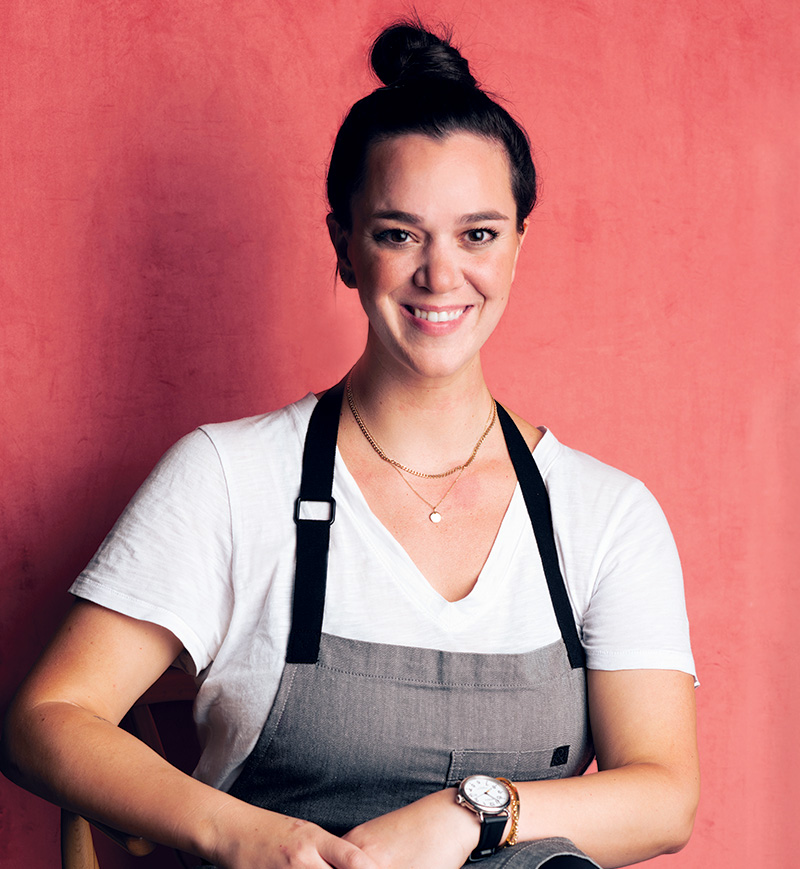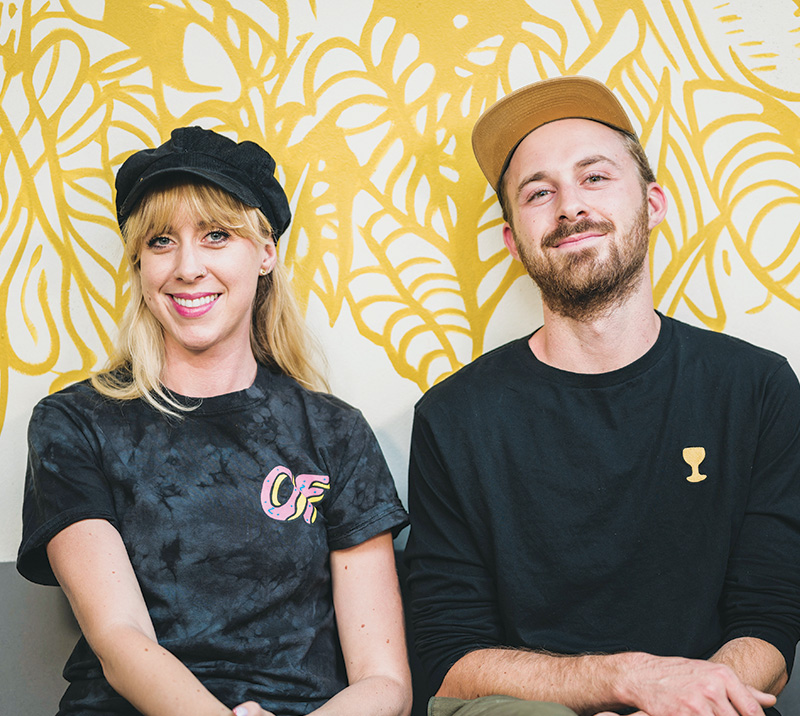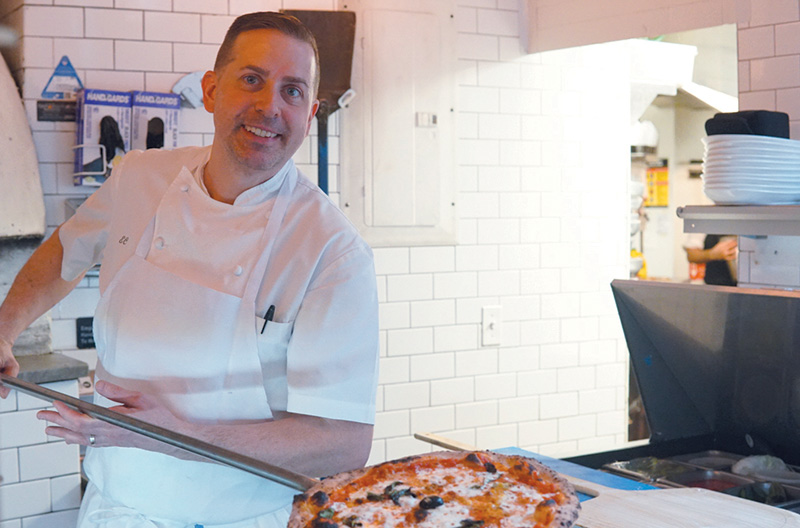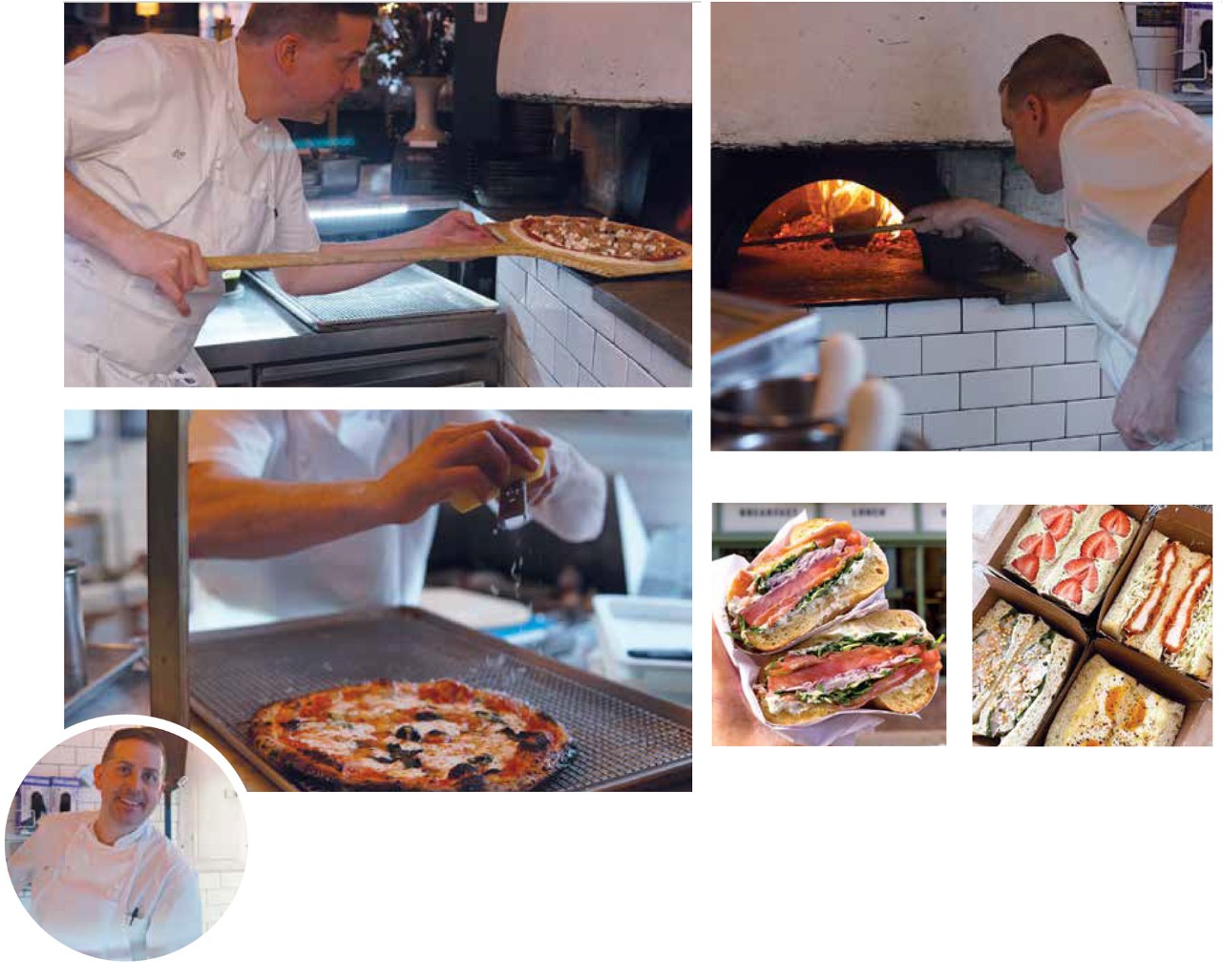Power of a Pop-Up
The challenges of running a restaurant are real, which is why entrepreneurs for years have been testing the waters with temporary venues. Pop-ups, as they have come to be called, might be in someone else’s restaurant, in an event space as an added amenity, a bar aiming to offer better food than its staff can handle, or even in people’s homes.
But when COVID brought more uncertainties, pop-ups became part of new business models. While the National Restaurant Association does not track pop-ups, it’s clear that the pandemic launched a tidal wave resurgence. Add the reach of social media, FOMO and younger diners seeking the next big thing, and it’s evident that a pop-up approach for testing a concept has become useful and not just for limited budgets.
Just ask these operators:
Para Maria
 Executive chef, Tatiana Rosana
Executive chef, Tatiana Rosana
The Envoy Hotel, Boston
❱How it started: Via brainstorming to work within the confines of a limited staff when restaurants reopened after the COVID shutdown. “I wanted to do it in a way that really sang to who I was as a chef and as a person,” says Rosana, a first-generation American with Cuban parents.
In spring of 2021, she opened Para Maria, which means “for Maria,” after her grandmother.
“Initially we started as a pop-up outside on the patio, and it was just tacos,” she said, adding that tacos seemed logical, because people could enjoy them individually while practicing social distancing, or share them in groups while socializing with family and friends.
❱How it helped: Helped her understand what customers were looking for. “Starting as a pop-up, we were able to see what worked, and what didn’t work and really kind of test it out before we went all-in on an actual concept,” she says. It also helped manage guest expectations. “If something ran out for the day, people understood because it was a pop-up.”
Her customers responded well and started standing in line waiting for a chance to try the food at the pop-up. “People seemed to really enjoy not just the taco scene, but what Para Maria stood for … a way of bringing people together.”
Holey Grail Donuts
 Owners Nile and Hana Dreiling
Owners Nile and Hana Dreiling
Kauai, Hawaii
❱How it started: As a burger food truck launched by brother-and-sister duo Nile and Hana Dreiling. Burgers provided a way to earn income while conceptualizing the doughnuts – a cross between a cake doughnut and a raised one.
Using taro, a culturally important crop in Hawaii, and other local ingredients such as finger limes and locally grown chocolate, the Dreilings started selling them to order out of their burger truck on weekend mornings.
❱How it helped: They built a community movement driven by a word-of-mouth loyal following.
With a strong foundation, the Dreilings withstood a devastating flood, which inundated the Kauai community and taro fields. They rebuilt, remaking the truck as the Holey Grail, which led to a second truck on Oahu. COVID hit, but again they used the same approach, starting on weekends, spreading by word of mouth and working with new local farmers to create new flavors – such as a doughnut rolled in lemon sugar and topped with Tahitian lime curd, Hawaiian-grown finger lime and local begonias priced at $4 apiece.
A happenstance encounter with a private equity firm has led to growth. Two brick-and-mortar stores opened last year in Honolulu and Santa Monica, California, respectively. A Holey Grail truck operates in Los Angeles, and a permanent location in the city’s Larchmont neighborhood was slated to open in February.
Fonzie’s Pizza
 Chef/owner Ed Cotton
Chef/owner Ed Cotton
New York City
❱How it started: Pizza at lunch only on Thursdays in the back of his high-end restaurant, Jack & Charlie’s No. 118, in New York City.
❱How it helped: “It brings people in the door (as they pass Fonzie’s) and they get to see the decor and everything,” Cotton says. “It’s all open, so people can see me making the pizzas and throwing the wood in the oven and all that. I make a limited amount of dough, and if I’m out, I’m out.”
Cotton calls the pizza style “Metro-politan,” a hybrid of New York and Neapolitan style, with options including a margherita with charred basil, and a Broken Meatball, a recipe from his grandmother. Cotton’s not sure whether Fonzie’s will be a permanent option. But the pop-up will remain at least until he runs out of pizza boxes, of which he placed the minimum order of 1,000. “That will probably take us into the spring,” he says.


